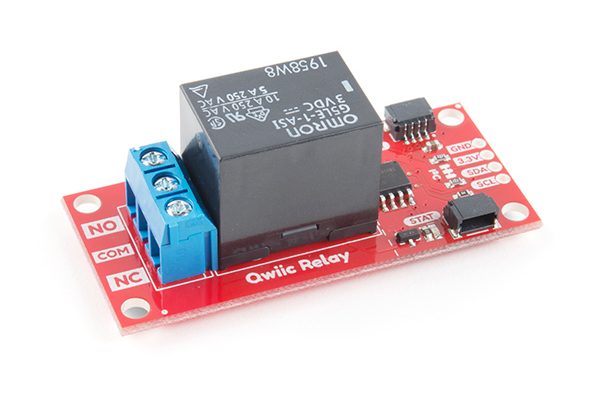
Mechanical relays, the unsung heroes of modern industries, play a pivotal role in the seamless functioning of various electrical systems. From power distribution to automation, these electromechanical devices have revolutionized the way we control and regulate electrical circuits. In this article, we will delve into the life of mechanical relays, exploring their evolution, applications, and the indispensable role they play in powering our world.
- The Genesis of Mechanical Relays:
Mechanical relays trace their roots back to the early 19th century when scientists and engineers sought ways to control electrical circuits. The invention of the telegraph by Samuel Morse in 1837 marked a significant milestone in the development of relays. These early relays consisted of electromagnets and mechanical switches, enabling the transmission of electrical signals over long distances. - Anatomy and Functioning of Mechanical Relays:
A mechanical relay comprises several key components, including an electromagnet, armature, contacts, and a spring. When an electrical current passes through the coil of the electromagnet, it generates a magnetic field that attracts the armature, causing the contacts to close or open. This mechanism allows the relay to control the flow of electrical current in a separate circuit, providing isolation and protection. - Evolution and Advancements:
Over the years, mechanical relays have undergone significant advancements to meet the evolving demands of industries. The introduction of solid-state relays (SSRs) in the 1960s marked a turning point, replacing the mechanical switches with semiconductor devices. SSRs offered improved reliability, faster switching speeds, and enhanced durability, making them ideal for applications requiring high precision and rapid response. - Applications of Mechanical Relays:
4.1 Power Distribution: Mechanical relays are widely used in power distribution systems to control the flow of electricity, ensuring efficient and safe operation. They play a crucial role in circuit breakers, motor control centers, and electrical panels, safeguarding equipment and preventing electrical hazards.
4.2 Industrial Automation: In industrial automation, mechanical relays are indispensable for controlling machinery, motors, and other electrical components. They enable precise timing, sequencing, and interlocking of processes, ensuring smooth operation and preventing equipment damage.
4.3 Automotive Industry: Mechanical relays find extensive use in automotive applications, such as controlling headlights, windshield wipers, and power windows. Their robustness, affordability, and ability to handle high currents make them an ideal choice for automotive electrical systems.
4.4 Telecommunications: Mechanical relays continue to play a vital role in telecommunications, facilitating the routing of signals and ensuring reliable communication. They are used in telephone exchanges, switching systems, and network infrastructure, providing efficient signal transmission and routing capabilities.
Conclusion:
The life of mechanical relays is deeply intertwined with the progress of modern industries. From their humble beginnings to the present day, these electromechanical marvels have evolved and adapted to meet the ever-growing demands of technology. Their applications in power distribution, industrial automation, automotive systems, and telecommunications highlight their versatility and indispensability. As we continue to push the boundaries of innovation, mechanical relays will remain a vital component, silently powering our world with precision and reliability.

